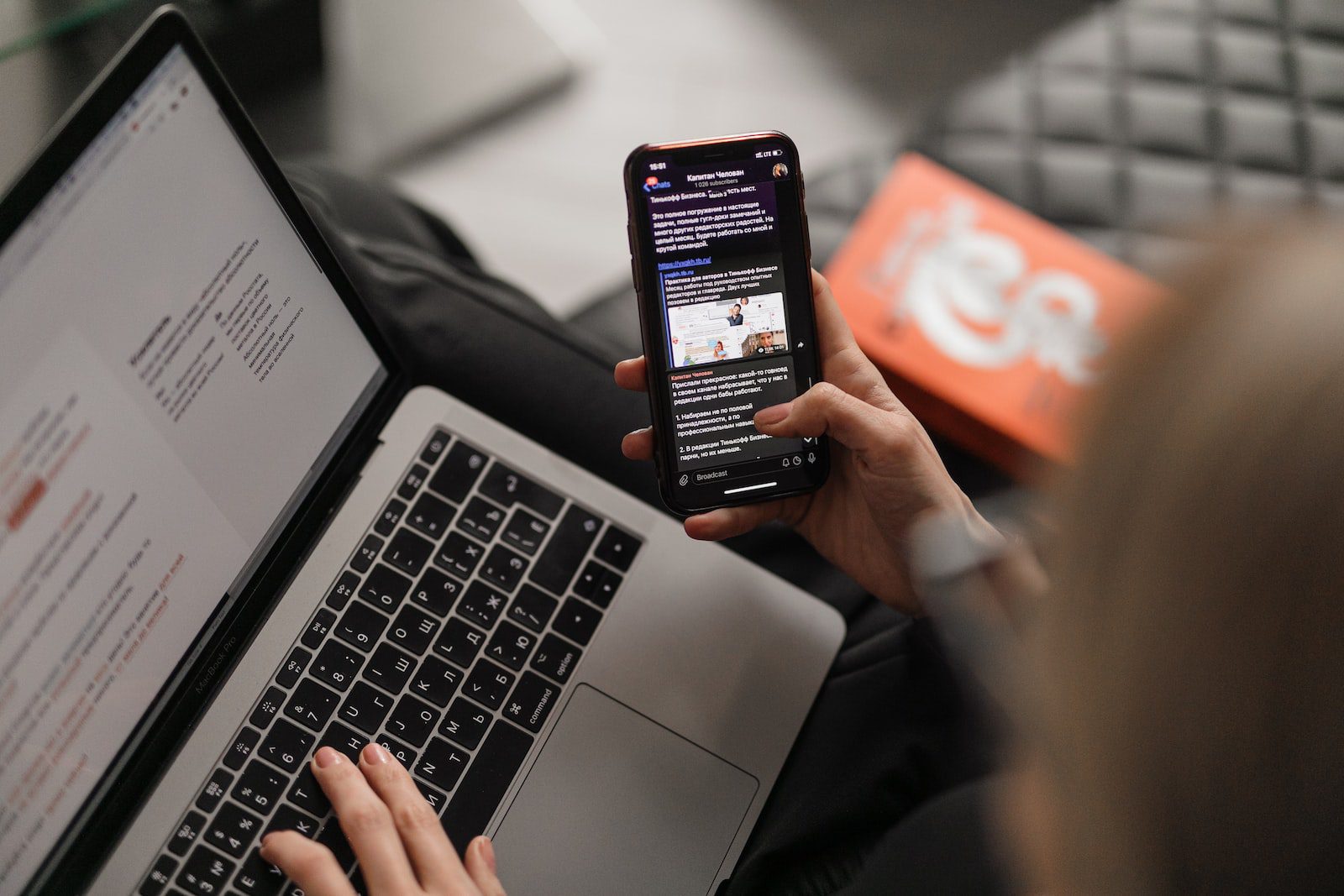In times of financial hardship, federal government loans can provide much-needed help. These loans are available to individuals and businesses alike, offering a variety of purposes and benefits.
The government helps borrowers in times of need by offering loan options that are lower in interest rates and deferred payment terms. By understanding the different types of federal loans available, individuals and businesses can access the funds they need with greater ease and in less time.
1. Small Business Administration Loans
The Small Business Administration (SBA) offers loan programs to help small businesses access financing in challenging economic times. SBA loans provide long-term, low-interest rate financing, allowing businesses to expand and create jobs. There are several types of SBA loans available, including the 7(a) Loan Program, 504 Loan Program and the Microloan Program.
The 7(a) Loan Program offers businesses loan up to $5 million with a longer repayment period of up to 25 years. In addition, borrowers can qualify for a 25- to 90-day deferment of their first loan payment, depending on the project.
The 504 Loan Program helps businesses acquire land, buildings, and new or used equipment with long-term financing up to $20 million at a low, fixed interest rate. This loan program is divided into two parts: a loan from a private lender that covers 50% of the cost and a loan from the SBA for 40%. Borrowers can also qualify for a six-month deferment of the loan.
The Microloan Program provides loans of up to $50,000 to small businesses and certain types of non-profits. This loan is designed to help start up businesses in particular. The repayment rate goes up to six years, and other terms may be available depending on the purpose of the loan.
2. Federal Education Loans
The federal government provides various types of loans to help individuals pay for college costs. These loans typically offer lower interest rates and flexible repayment terms.
The Federal Direct Loans are the most common type of federal education loans and are offered through the government’s William D. Ford Direct Loan Program. There are four types of loans available for students and parents. These include: Direct Subsidized Loans, Direct Unsubsidized Loans, Direct PLUS Loans and Direct Consolidation Loans.
Direct Subsidized Loans are awarded to students based on financial need. The government pays the interest on a Direct Subsidized Loan while the student is enrolled in school at least half-time, during grace periods and deferment periods.
Direct Unsubsidized Loans are available to students regardless of financial need. Interest is charged from the time the loan is disbursed until it is paid in full.
Direct PLUS Loans are available to parents of dependent undergraduate students, as well as graduate and professional students. The interest rate and loan fees are slightly higher than Direct Subsidized and Unsubsidized Loans.
Finally, Direct Consolidation Loans allow borrowers to combine all their federal student loans into a single loan with one fixed interest rate.
3. Federal Housing Administration Loans
The Federal Housing Administration (FHA) offers various loan programs designed to help individuals achieve the dream of home ownership. FHA loans are backed by the government and have lower down payments, allowing borrowers with less cash on hand to become homeowners.
FHA’s most popular loan program is the 203(b) loan, which provides a fixed interest rate for up to 30 years. The loan is based on a borrower’s credit and employment history and requires the borrower to make a down payment of at least 3.5% of the purchase cost.
The FHA also offers a 203(k) loan for those who wish to purchase and rehabilitate a home. These loans are intended for both homebuyers and existing homeowners and can be used to purchase and repair properties up to four units. The loan limit is typically at least $50,000 and provides flexible terms.
In addition, the FHA offers the Energy Efficient Mortgage program, which requires borrowers to invest in energy efficient improvements to their home. Borrowers can use up to $6,000 of their loan to make energy efficiency improvements – such as installing solar panels or upgrading plumbing and electrical systems – and must provide proof of energy savings as part of their application.
Final Thoughts
The federal government provides several loan programs to help individuals and businesses alike bridge economic hardships. Whether you’re a small business seeking capital or an individual looking to purchase a home or pay for college, federal government loans offer lower interest rates and flexible repayment terms that can help you obtain the financing you need in times of need.



